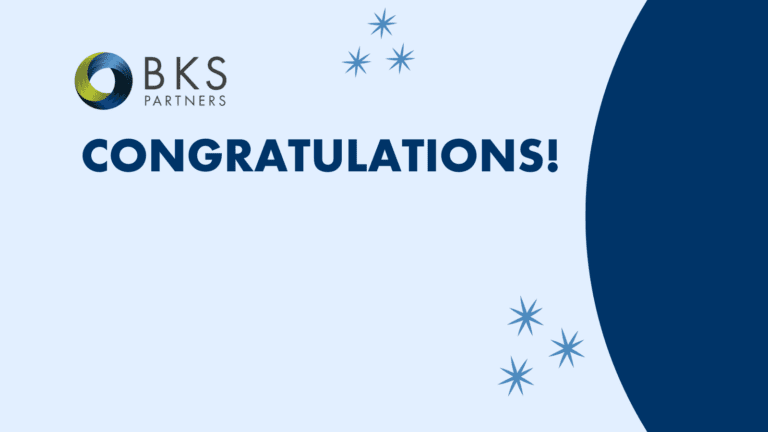The Manufacturing Labor and Skills Gap Explained
My first introduction to the manufacturing world was as an account executive with the world’s largest metalworking distributor. I completed three months of heavy-duty product education and enjoyed learning about the intricacies of cutting tools, saw blades, and drill bits.
When I started working for this tooling distributor, we were just emerging from one of the worst economic downturns in history; and in Metro Detroit (my hometown), we had seen some of the worst of it. I remember having conversations with production managers about their hoped-for comeback and the future of manufacturing. Most of the conversations were optimistic, yet they all shared a similar concern – recruiting and maintaining a skilled workforce to help them with their growth.
Now in my role as a Commercial Risk Advisor for the manufacturing practice of BKS Partners, I see that the challenges associated with the labor and skills gap are still a top concern for manufacturers all over the country.
According to the Skills Gap Report by the Manufacturing Institute and Deloitte, there will be 3.4 million manufacturing jobs available over the next decade due to baby boomers retiring and new job creation. The concern is that only 1.4 million of those jobs will find qualified applicants, meaning 2 million jobs are projected to go unfilled. Based on these estimates, the skills gap in manufacturing is anticipated to more than triple between 2011 and 2025.
Problems Arising From the Labor and Skills Gap
While the labor and skills gap is definitely a concern from a staffing and production standpoint, manufacturing companies need to be aware of the risks associated with the gap as well as the risks that can be exacerbated because of labor and skills gap.
- Injury and Safety Risks: Injury and safety risks are a greater concern for older workers who may sustain far more severe workplace injuries. Alternatively, younger workers tend to have a higher frequency of injuries stemming from a lack of skills, experience, and training. Employers need to have a strategic plan in place to address these injury and safety concerns, so they aren’t faced with an increase in claims resulting in higher insurance costs.
- OSHA Fines/Violations: Companies should be aware of OSHA inspections and the risk of fines and violations. Less experienced employees may not understand the severity of violations, and manufacturers must stress the importance of proper training, education, and audits.
- Product Liability: There is an increase in product liability risks associated with the labor and skills gap because of the lack of experience in the newer and younger workforce. A less skilled workforce will need to be trained correctly on production standards to maintain product quality.
- Global Supply Chain: Because of the labor and skills gap, some manufacturers may choose to outsource production since they are unable to fill jobs in their U.S. plants. Manufacturers may look globally to outsource production, which comes with many challenges and risks. Manufacturers who depend on these global suppliers must complete their due diligence to protect themselves through proper vetting and concise contractual agreements. Manufacturers must also better understand their supply chains and have strategies in place for potential loss scenarios.
There is no easy fix for the labor and skills gap, and the implications are far-reaching for the manufacturing industry. Manufacturers who have a plan of action, and are working with their risk advisor to address it from a risk management viewpoint, will have a competitive edge in the future.





No Comments yet!